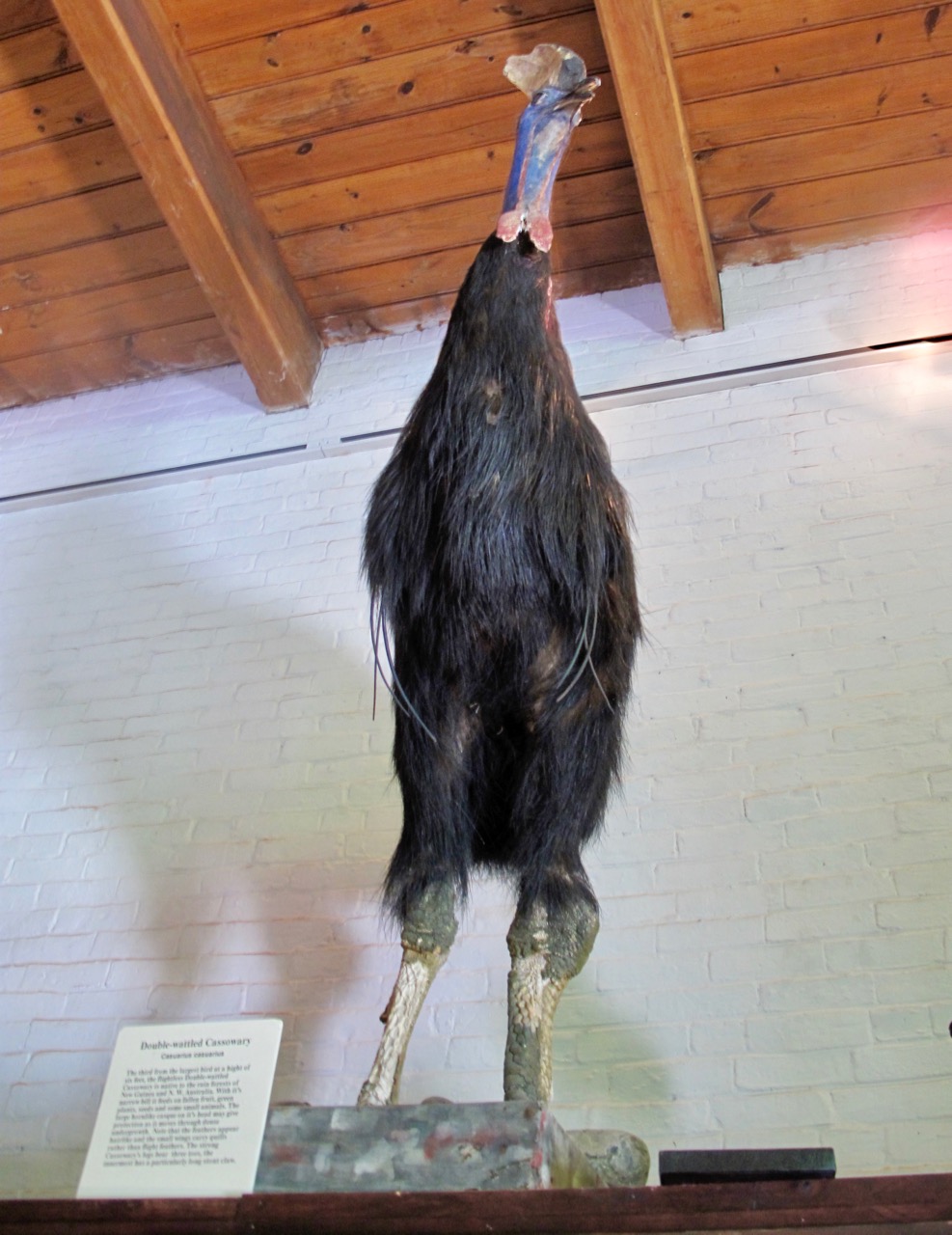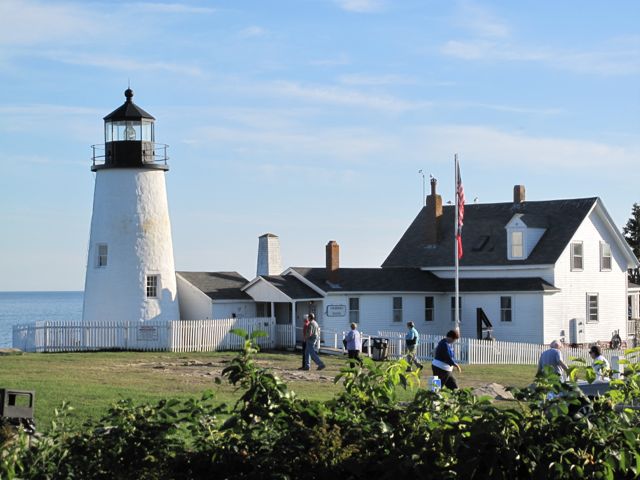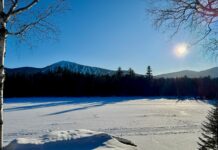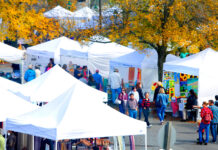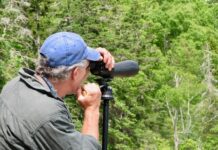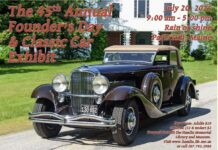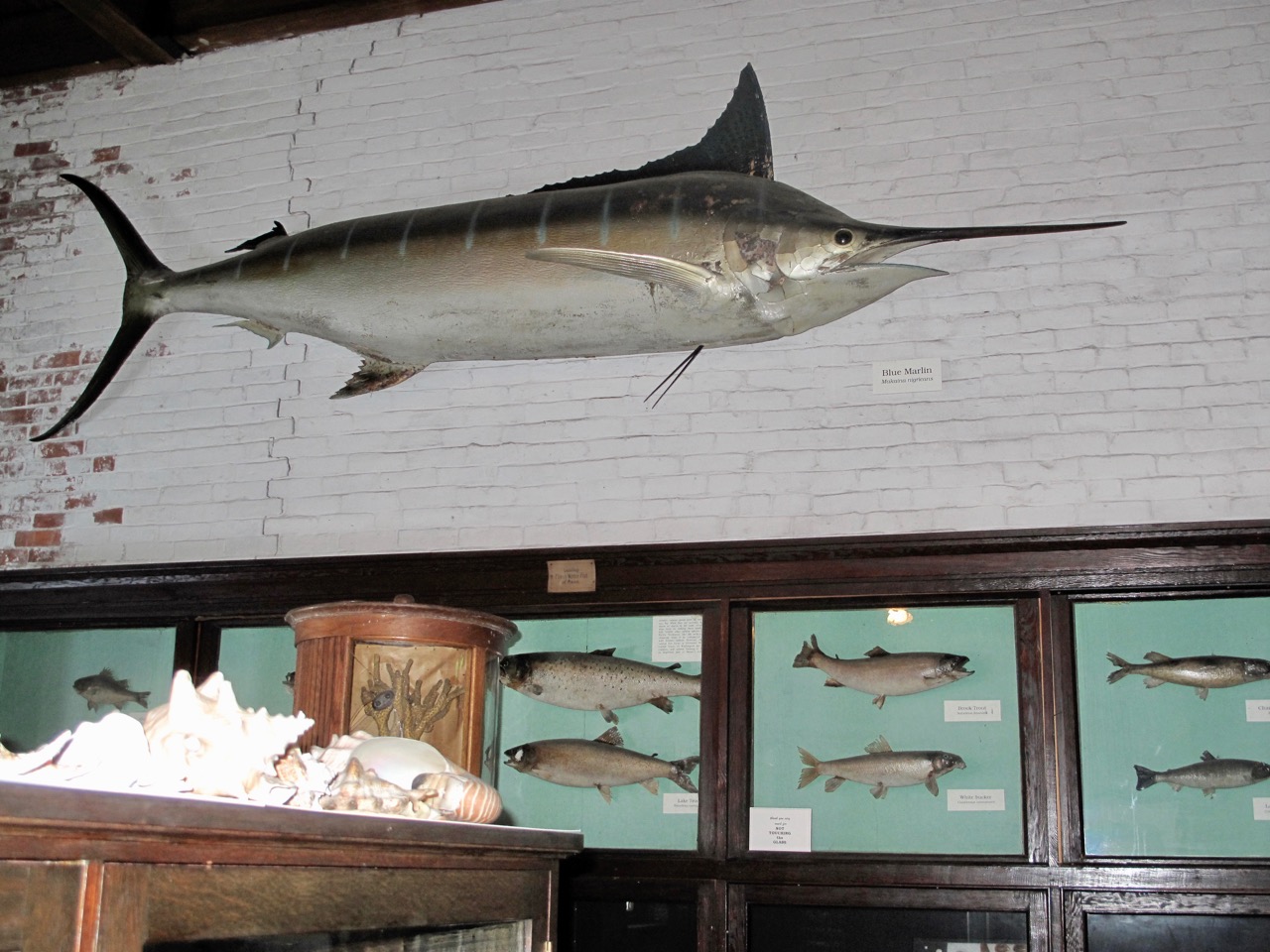 I mean, really, where else in Maine, or New England for that matter, can you see a trophy marlin caught by Ernest Hemmingway; a ceramic amphora recorded to have come from the ruins of the palace of Nebuchadnesser, King of Babylon, 605-562 B.C.; or a double-wattled cassowary? Yet, all that and much more await visitors to the L.C. Bates Museum. This early 20th-century natural history and cultural museum is on the campus of the former Good Will-Hinckley School, just east of Skowhegan on Route 201.
I mean, really, where else in Maine, or New England for that matter, can you see a trophy marlin caught by Ernest Hemmingway; a ceramic amphora recorded to have come from the ruins of the palace of Nebuchadnesser, King of Babylon, 605-562 B.C.; or a double-wattled cassowary? Yet, all that and much more await visitors to the L.C. Bates Museum. This early 20th-century natural history and cultural museum is on the campus of the former Good Will-Hinckley School, just east of Skowhegan on Route 201.
Roots of Maine’s Bates Museum
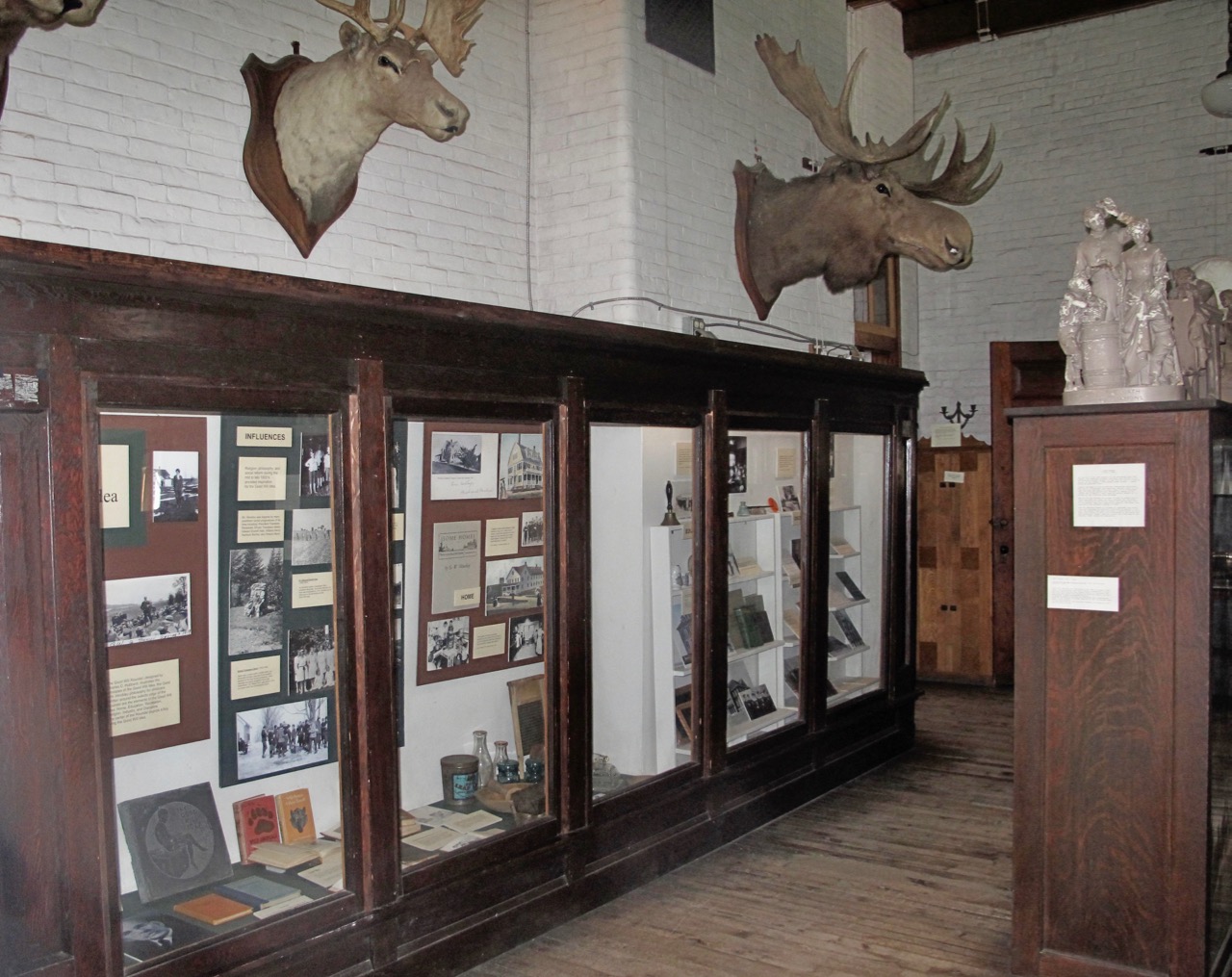
In 1889, preacher, professor, and social progressive George Hinckley opened the Good Will farm school for needy children, emphasizing faith, education, and work. He also acted upon a childhood dream and created a museum displaying his collections from the natural world. The museum, quips long-time director Deborah Staber, began with three rocks: a stalactite from a Kentucky cave, a fossil, and a lump of sulphur. Each was given to Hinckley at age 8.
Hinckley encouraged donations to his fledgling museum, and the collection grew. Friends, fans, and even the Smithsonian Institute sent gifts such as taxidermy specimens and mineral collections. By 1904, in Hinckley’s own words, the museum owned “225 birds, 40 quadrupeds, and 650 specimens of minerals. Smaller collections illustrate entomology, botany, history, and foreign missions.”
In 1920, Lewis Carlton Bates financed renovating a former manual training center into a museum to house Hinckley’s growing collections. Little has changed since it opened; displays are simple and without technological improvements or enhancements. Now this quirky cabinet of curiosities reflects Hinckley’s fascination with the natural world and the curatorial techniques of the era.
See magnificent dioramas the Bates Museum
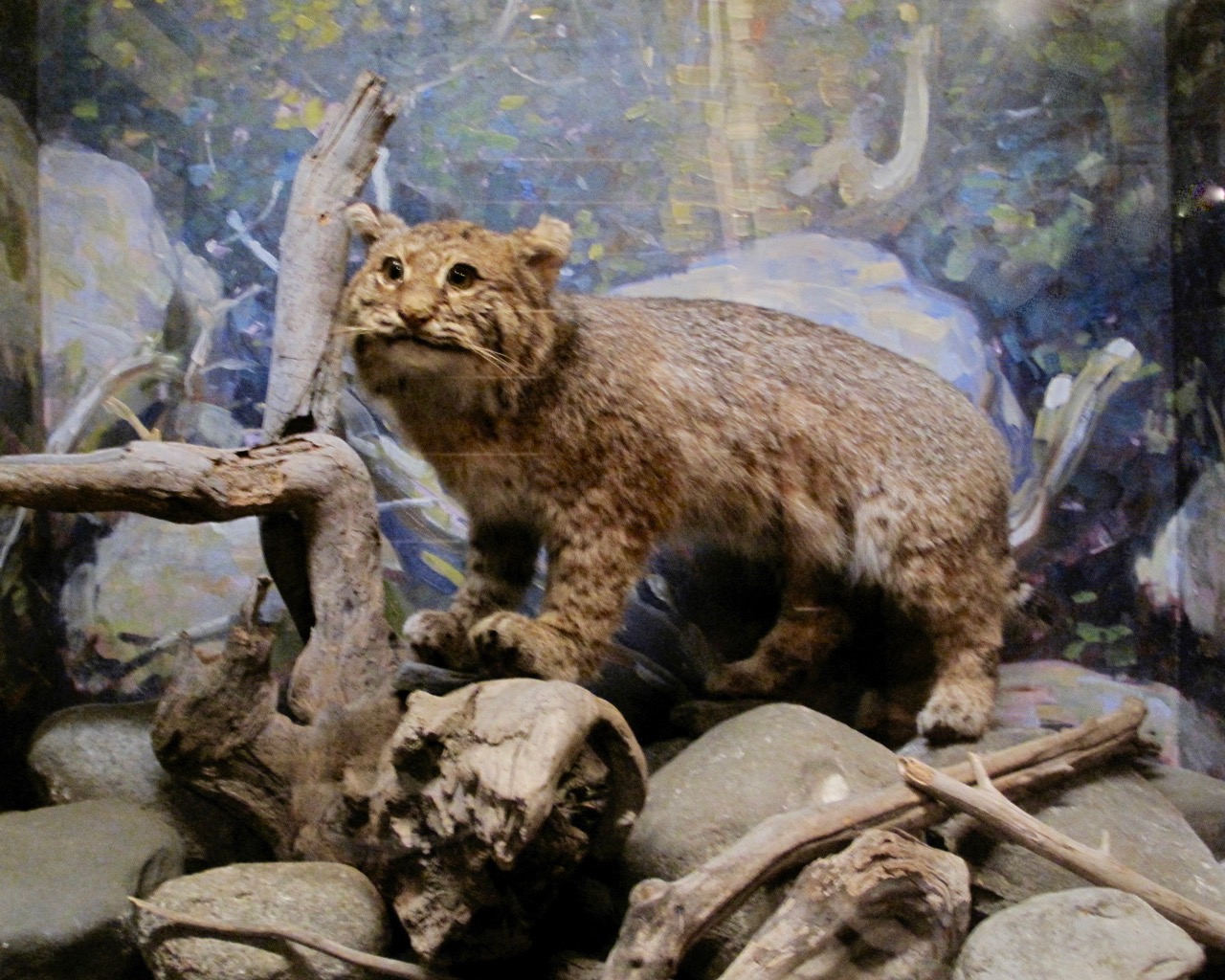
Although Hinckley’s original three rocks were lost to a fire, the current collection of rocks, minerals, and gems fills a downstairs room. Oceanic treasures, such as shells and mounted fish, fill another room. Here you can see an 800-pound tuna and Hemmingway’s marlin, as well as a claw from a 33-pound lobster. Cultural artifacts vie for attention in another room.
Most impressive are the mammal and bird rooms, filled 28 natural history dioramas created by American Impressionist painter Charles B. Hubbard. Hinckley commissioned the Guilford, Conn., artist to paint them between 1922 and 1924. Each depicts a Maine location that complements the period taxidermy specimens. When possible, Hubbard replicated the setting of where the animal was found or killed. Black bear, whitetail deer, moose, and even a bobcat are set in wooded habitats. And shorebirds flock near Thunder Hole, in Acadia National Park.
Eclectic surprises and treasures
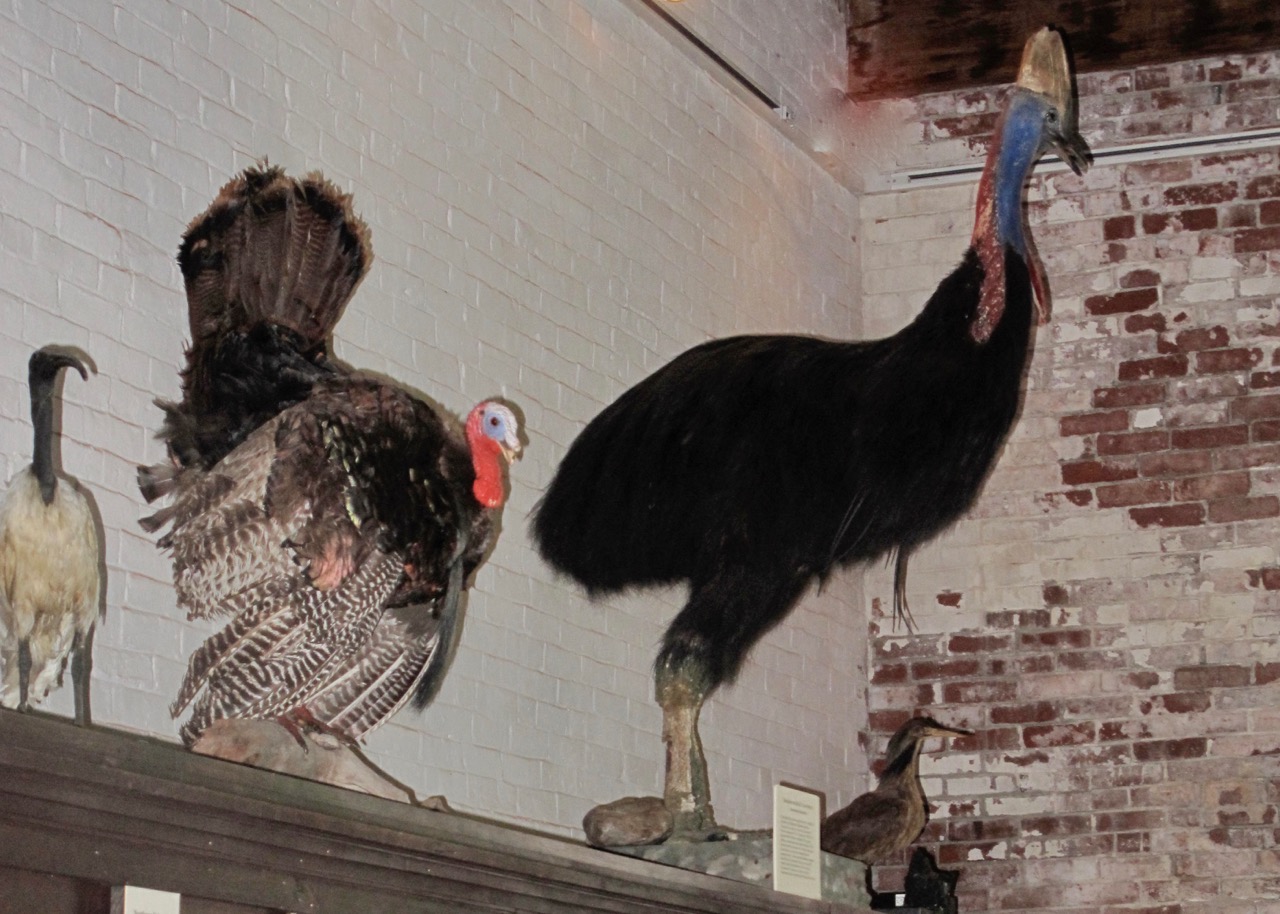
In addition to the dioramas, other mounted specimens fill cases and shelves in both rooms. Although most are found in Maine, there are a few surprises. Snakes, a Gila monster, and a spotted hyena can be viewed in the mammal room. Amidst the eagles and shorebirds, waterfowl and warblers, in the bird room, look for parrots and peacocks, and that double-wattled cassowary, one of the largest birds in the world.
More surprises await elsewhere: a collection of circus memorabilia and models, ceramic pottery from Panama’s Chiriqui Indians, a diagram detailing the life history of a June Bug, two seals from MacMillan Arctic expeditions, even walrus whiskers. And, there’s even a true cabinet of curiosities, Mattie Wadsworth’s insect collection (her dragonfly collection is in the Smithsonian).
Outdoor pleasures
Hinckley’s passion for nature reached beyond the museum’s door into its campus backyard, where trails lace acres of forest habitat. Nature guides and activity booklets are available at the museum. Educational programing may include guided walks and tours, allowing visitors to seek outside the flora and fauna they spied inside.
Double-wattled cassowary, excepted.
